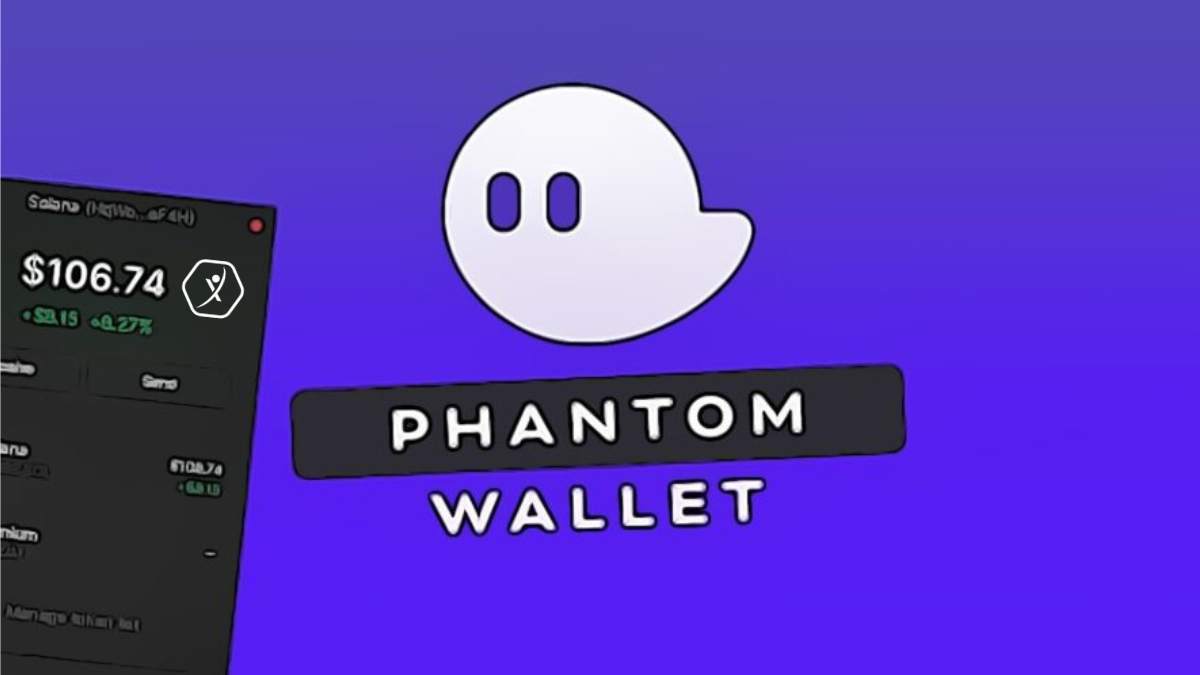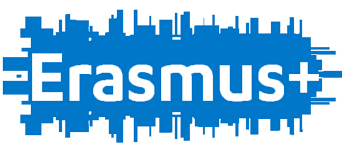Ever found yourself juggling multiple wallets just to swap tokens or interact with a dApp on Solana? Yeah, me too. It’s a headache. Seriously. The ecosystem’s growing fast, but sometimes the tools feel like they’re stuck in the past. So, I dove into Phantom’s swap functionality and its multi-chain ambitions, and honestly, it’s kinda blowing my mind.
Here’s the thing. At first glance, swapping tokens within a wallet seems like a no-brainer. But when you dig deeper, there’s a lot going on under the hood—especially on Solana, where speed and cost matter a lot. Phantom’s approach isn’t just about convenience; it’s about rethinking how users engage with their assets seamlessly, whether it’s DeFi tokens or NFTs.
Whoa! Imagine: you’re chilling with your Solana NFTs, and a fresh project launches a token you want to scoop up. Instead of hopping over to a DEX or a different wallet, you just swap right then and there. That’s a game changer for user experience. No extra apps, no crazy gas fees. But wait, it gets more layered.
Multi-chain support. At first, I thought, “Why bother? Solana’s fast enough.” But then I realized the bigger picture. Users want access to Ethereum, Binance Smart Chain, and more, all from their familiar wallet interface. Phantom’s vision is to bridge that gap without turning the wallet into a confusing mess. It’s a delicate balance.
Okay, so check this out—Phantom isn’t just slapping on multi-chain features. They’re integrating dApps deeply, meaning your interaction with DeFi protocols or NFT marketplaces happens directly, without those annoying redirects or constant approvals. It’s slick, but there’s a catch: security and user trust become even more critical here.
Let me back up a second. Initially, I was skeptical about how smooth these swaps could be within a browser extension. My instinct said, “Too good to be true.” But after trying it myself, I noticed the interface is clean, fast, and surprisingly reliable. Of course, some slowness creeps in during peak network times, but overall it feels polished.
Something felt off about the multi-chain claims, though. Like, how deep is the integration really? Turns out, Phantom currently supports Solana natively but is gradually rolling out connections to other chains through wrapped tokens and bridges. It’s not universal access yet—which is fair, given the complexity—but it’s a promising start.
And here’s a little secret: I’m biased toward wallets that don’t make me jump through hoops. Phantom’s design philosophy seems to embrace that ethos. The swap feature leverages Serum’s order books, providing better prices and less slippage than AMM-only solutions. This really matters, especially when you’re swapping sizable amounts and want to avoid unnecessary losses.
But I’ll be honest, it’s not perfect. The multi-chain support still feels like it’s in beta—some tokens don’t show up immediately, and bridging assets can be a pain if you’re new to it. Plus, the wallet extension itself can be a bit resource-heavy, which bugs me when I’m multitasking with a dozen tabs open.
Check this out—

Seeing this interface, you realize how much thought went into the user journey. You get token price info, slippage tolerance settings, and even liquidity pool data, all in one place. For someone who’s been around DeFi a while, that’s a breath of fresh air.
Deeper Dive: How Phantom’s Swap Functionality Works
So, swaps on Phantom are powered primarily via Serum’s decentralized exchange. That means you’re not just swapping against a pool; you’re tapping into actual order books. For me, that’s a huge plus because it mimics traditional trading dynamics, reducing front-running risks that plague AMMs. On the other hand, it requires a bit more sophistication from the user, though the wallet’s UI does a solid job simplifying it.
Here’s a quick heads-up: if you’re used to swapping on Ethereum-based AMMs like Uniswap, the Serum model might feel a bit different at first. But trust me, it’s worth learning. Plus, Phantom’s swap feature bundles in some neat optimizations, like automatic best route finding and fallback options if liquidity is thin.
Now, the multi-chain aspect is where things get interesting. Phantom’s team has been quietly experimenting with wrapped assets and cross-chain bridging. My first impression was: “Hmm, this sounds complicated and risky.” Actually, wait—let me rephrase that. It’s complicated, but Phantom is trying to abstract away that complexity for users, which is no small feat.
On one hand, I really appreciate the ambition. On the other, bridging assets between Solana and other chains carries inherent security risks, especially with smart contract bugs in bridges. So, if you’re using Phantom for multi-chain swaps, tread lightly and keep your amounts reasonable. This part of the wallet feels like a work in progress, though definitely headed in the right direction.
And speaking of dApps, Phantom’s integration goes beyond just swapping tokens. The wallet supports a variety of Solana-based DeFi protocols and NFT marketplaces, letting you connect instantly without extra setup. For example, jumping into a liquidity pool or minting a new NFT is just a couple clicks away. That seamlessness reduces friction, which is exactly what the Solana community needs to onboard more users.
But here’s what bugs me about some wallets: they cram in too many features without prioritizing usability. Phantom smartly keeps the interface clean, so you don’t feel overwhelmed. It’s a subtle design choice but makes a big difference when you’re juggling multiple assets and transactions.
Honestly, if you haven’t tried it yet, give phantom a spin. It’s lightweight, fast, and growing smarter by the month. While it might not replace heavy-duty wallets for advanced traders, for everyday Solana users looking to swap tokens and tap into dApps effortlessly, it’s becoming the go-to.
One last thought—wallet security is always top of mind. Phantom stores your private keys locally, which is standard, but they also have a solid track record with updates and bug fixes. Still, always keep backups and use hardware wallets for big bags. The ecosystem’s evolving fast, but caution never goes outta style.
So, yeah. I started off thinking swaps inside a wallet were just a gimmick, but Phantom’s implementation proved me wrong. The multi-chain support isn’t fully baked, but it’s shaping up nicely. And the smooth dApp integration? That’s the kind of convenience that could push Solana further into mainstream use.
Oh, and by the way… if you’re into the NFT scene, Phantom’s ease of use might be the nudge you need to stop fumbling with complicated wallets. Seriously, it’s worth a look.
FAQs about Phantom Wallet’s Swap and Multi-Chain Features
Can I swap tokens from multiple blockchains using Phantom today?
Not fully yet. Phantom primarily supports Solana token swaps natively, but they’re rolling out support for other chains through wrapped assets and bridges. It’s a work in progress, so expect gradual improvements.
How does Phantom’s swap feature differ from other wallets?
Phantom leverages Serum’s order books rather than just AMMs, offering potentially better pricing and less slippage. Plus, the UI is designed for simplicity without sacrificing functionality.
Is Phantom safe for interacting with dApps and NFTs?
Yes, Phantom stores your private keys locally and enforces standard security measures. However, always be cautious with permissions and consider hardware wallets for large holdings.




Deja una respuesta